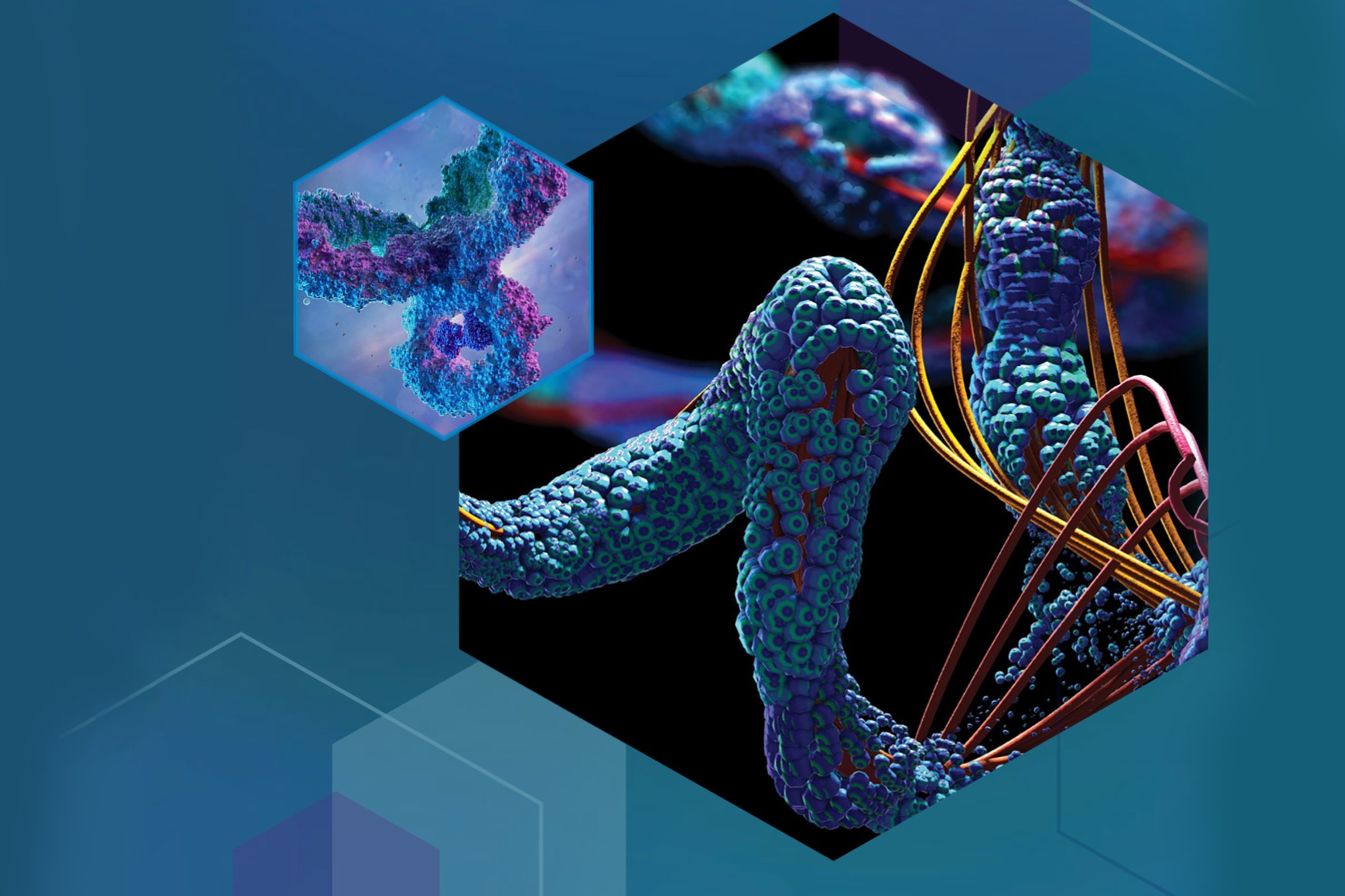
The adoption of LC-MS-based multi-attribute method (MAM) analysis and Multi-Angle Light Scattering (MALS) techniques for monitoring of biotherapeutic variation has progressed greatly over recent years. Directly assessing molecular attributes contributing to efficacy, safety, stability, and process robustness enables organizations to obtain more data without the ambiguity of traditional assays.
Often, this data is generated with greater sensitivity and dynamic range than legacy assays, complementing or eventually replacing these traditional analyses in development, manufacturing, and quality organizations. Waters systems, software, consumables, and automation support the analysis of multiple biopharmaceutical attributes, from characterization to routine monitoring.
Application Notebook: Multi-Attribute Methods for Biopharmaceutical Analysis

